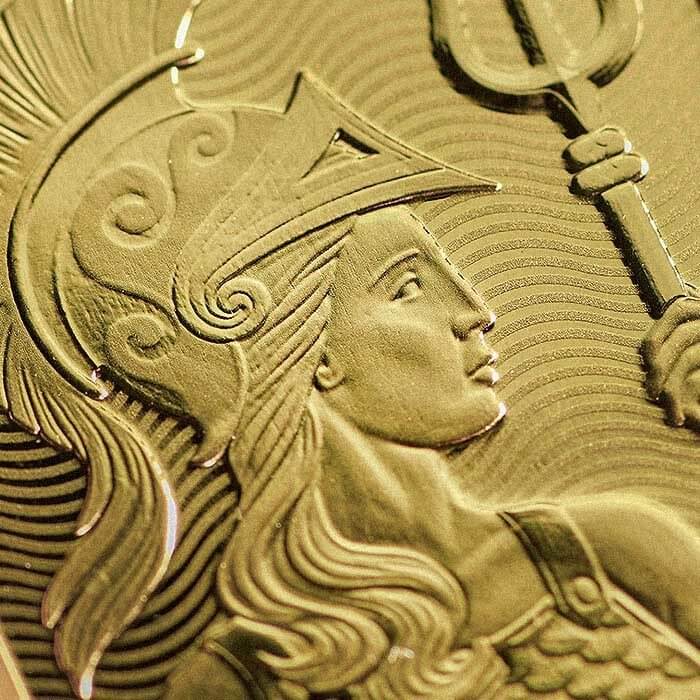Why Ignoring Gold In Germany Will Cost You Sales
페이지 정보

본문
 During the Napoleonic Wars, the German struggle towards the occupying French forces was significantly symbolised by the colours of black, crimson, and gold, which turned well-liked after their use in the uniforms of the Lützow Free Corps, a volunteer unit of the Prussian Army. The Prussian-Austrian duality inside the Confederation eventually led to the Austro-Prussian War in 1866. Throughout the struggle, the southern states allied with Austria adopted the black-purple-gold tricolour as their flag, and the 8th German Army Corps additionally wore black-pink-gold armbands. Since the scholars who served within the Lützow Free Corps got here from numerous German states, the concept of a unified German state began to achieve momentum within the Urburschenschaft and related Burschenschaft that have been subsequently formed throughout the Confederation. Because the members of this unit got here from all over Germany and included a modest however well known variety of university students and lecturers, the Lützow Free Corps and their colours gained considerable publicity among the German individuals. There are quite a lot of flag-flying days in Germany. Election days for the Bundestag and the European Parliament are also flag days in some states, along with other state-particular flag days.
During the Napoleonic Wars, the German struggle towards the occupying French forces was significantly symbolised by the colours of black, crimson, and gold, which turned well-liked after their use in the uniforms of the Lützow Free Corps, a volunteer unit of the Prussian Army. The Prussian-Austrian duality inside the Confederation eventually led to the Austro-Prussian War in 1866. Throughout the struggle, the southern states allied with Austria adopted the black-purple-gold tricolour as their flag, and the 8th German Army Corps additionally wore black-pink-gold armbands. Since the scholars who served within the Lützow Free Corps got here from numerous German states, the concept of a unified German state began to achieve momentum within the Urburschenschaft and related Burschenschaft that have been subsequently formed throughout the Confederation. Because the members of this unit got here from all over Germany and included a modest however well known variety of university students and lecturers, the Lützow Free Corps and their colours gained considerable publicity among the German individuals. There are quite a lot of flag-flying days in Germany. Election days for the Bundestag and the European Parliament are also flag days in some states, along with other state-particular flag days.
 Only 1 May and three October are public holidays. The change was finished with the introduction of the DM 5, DM 500, and DM 1000 denominations on 27 October 1992. The DM 500, and DM 1000 denominations were not often seen in circulation resulting from value and all have been introduced in one step. Lau, Mariam (17 October 2018). "Deutschlandfahne: Farbe bekennen". Flags of the World. Through the 2006 FIFA World Cup, which passed off in Germany and through which the Germany nationwide staff made a deep run into the knockout rounds (being eradicated in the semi-finals by eventual winners Italy), public use of the nationwide flag increased drastically. At the end of World War II, the first law enacted by the Allied Control Council abolished all Nazi symbols and repealed all relevant laws. Allied Control Council (30 August 1945). "Law N° 1 from the Control Council for Germany: Repealing of Nazi Laws".
Only 1 May and three October are public holidays. The change was finished with the introduction of the DM 5, DM 500, and DM 1000 denominations on 27 October 1992. The DM 500, and DM 1000 denominations were not often seen in circulation resulting from value and all have been introduced in one step. Lau, Mariam (17 October 2018). "Deutschlandfahne: Farbe bekennen". Flags of the World. Through the 2006 FIFA World Cup, which passed off in Germany and through which the Germany nationwide staff made a deep run into the knockout rounds (being eradicated in the semi-finals by eventual winners Italy), public use of the nationwide flag increased drastically. At the end of World War II, the first law enacted by the Allied Control Council abolished all Nazi symbols and repealed all relevant laws. Allied Control Council (30 August 1945). "Law N° 1 from the Control Council for Germany: Repealing of Nazi Laws".
These states most popular to use their own flags. A mark had been the currency of Germany since its unique unification in 1871. Before that point, the different German states issued a variety of different currencies, the commonest being the North German thaler and the South German gulden. Before the change to the euro, the Deutsche Mark was the largest international reserve currency after the United States dollar. The public display of flags to mark different occasions, such as the election of the president or the loss of life of a prominent politician (whereupon flags can be at half-workers), could be declared at the discretion of the Federal Ministry of the Interior. The possession of swastika flags is forbidden in a number of nations since then, with the importation or show of them forbidden notably in Germany. In northern Germany the DM 5 coin was once additionally called a Heiermann, whereas in Bavaria the DM 2 coin was referred to as Zwickl and this expression is now used for the €2 coin in the region. A complete of one million gold price today DM 1 coins have been minted (200,000 at each of the 5 mints) and have been sold beginning in mid-2001 via German coin dealers on behalf of the Bundesbank.
Fornax. "The German Swastika Flag 1933-1945". Historical flags of our ancestors. This was summarised by the organisation's first chairman, Otto Hörsing, who described their job as a "wrestle towards the swastika and the Soviet star". While the use of black-red-gold had been advised within the Soviet zone in 1946, the Second People's Congress in 1948 decided to adopt the previous black-white-red tricolour as a national flag for East Germany. 1972 Summer Games in Munich - East Germany won 66 (20 gold, 23 silver, 23 bronze) and West Germany won forty (13 gold, eleven silver, sixteen bronze). From 1949 to 1959, the flags of both West and East Germany were an identical. Hanseatic buying and selling ships have been identifiable by their crimson-white pennants, and most Hanseatic cities adopted crimson and white as their city colours (see Hanseatic flags). Verfassungen der Welt. 30 November 1946. Archived from the original on 3 March 2016. Retrieved 24 February 2008. See Article forty five (in German).
If you have any kind of concerns pertaining to where and how you can utilize gold price (justpep.com), you can contact us at our own website.
- 이전글CMD398 Link Alternatif Situs Slot Resmi Di Indonesia 2025 24.12.17
- 다음글The Death Of Gold In Germany And Easy Methods to Avoid It 24.12.17
댓글목록
등록된 댓글이 없습니다.

